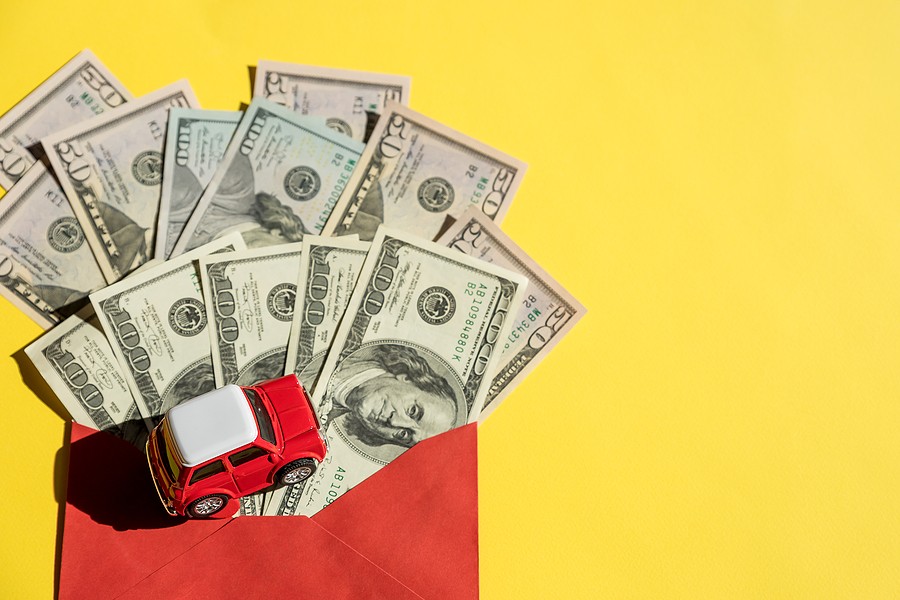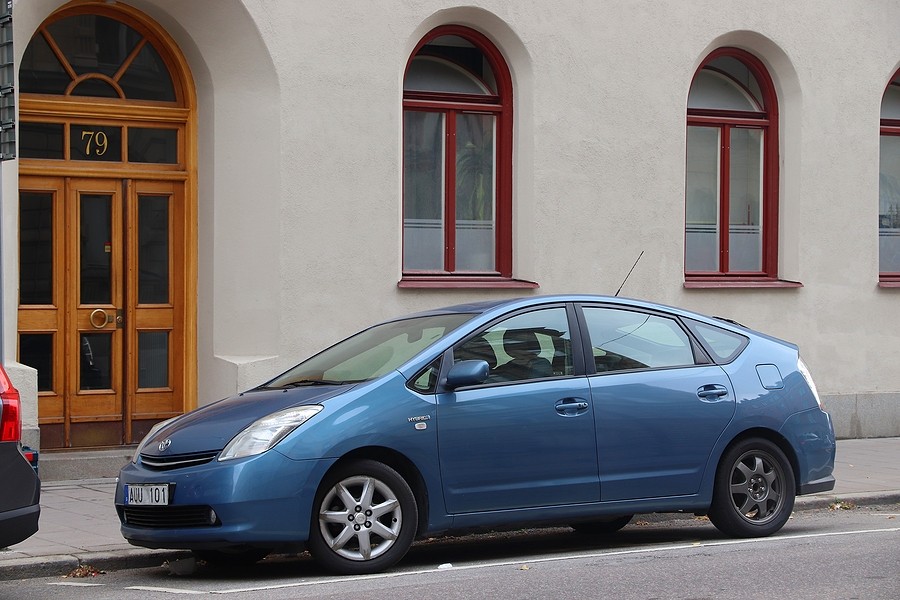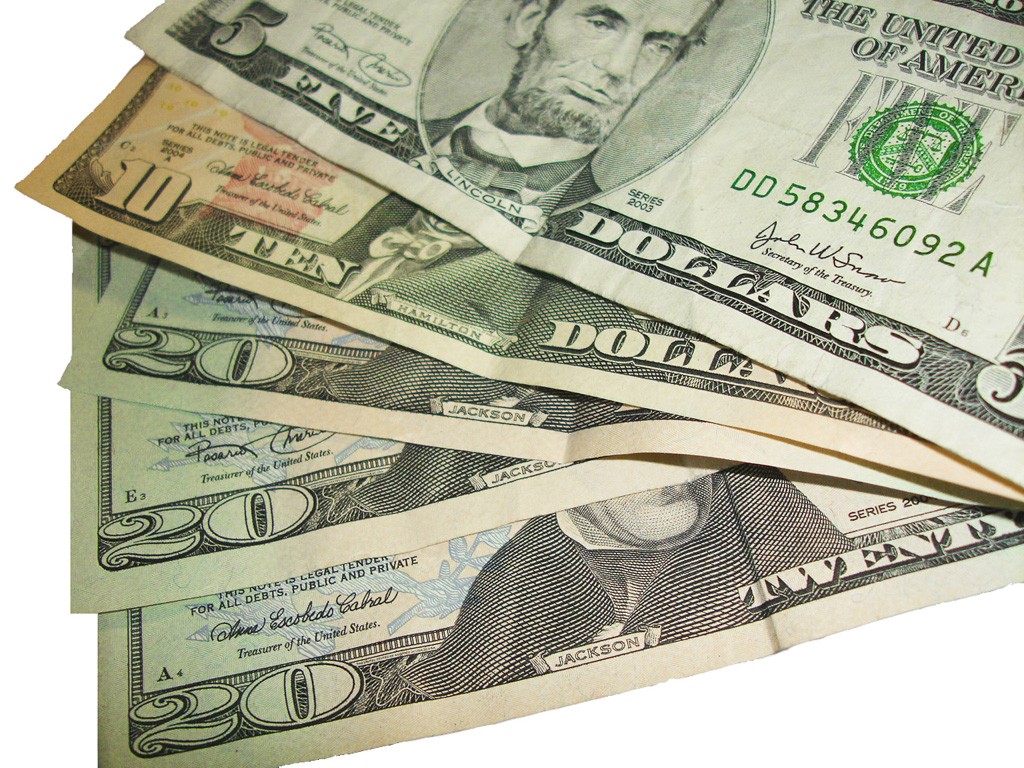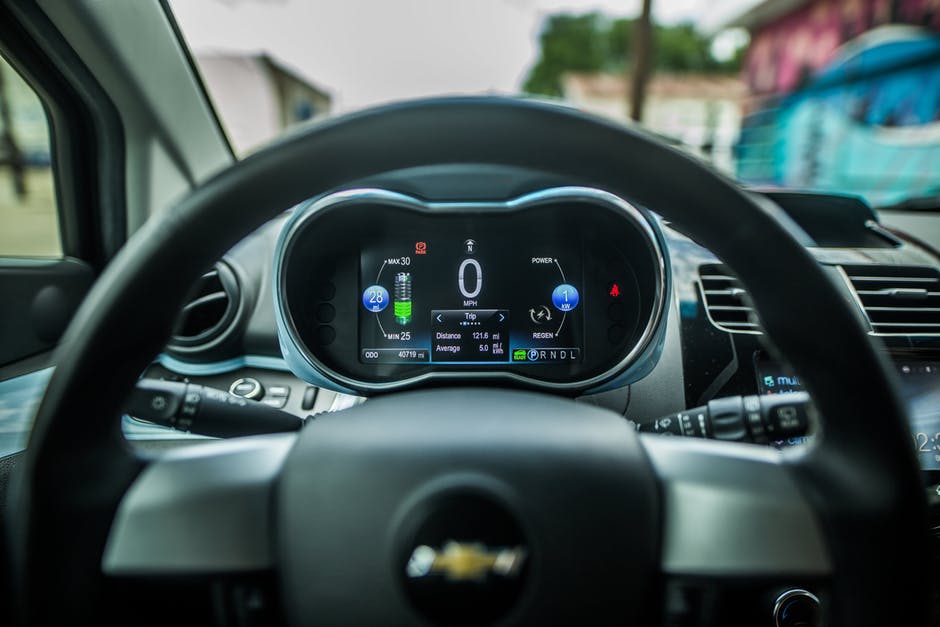In theory, removing a car lien from your title is straightforward.
The lien is there because you owe someone money, and the car is collateral. Once you pay them back, you can remove the lien and do whatever you want with the vehicle.
But removing a lien on a car isn't one of those life hacks they teach in school. You might not even realize you have on until you try to sell your vehicle and find out you can't.
If you have a lien on your car and you're not sure what comes next, then this guide is for you. Keep reading to learn how to remove a lien on your title in a jiffy.

Why Is There a Lien on My Car Title?
The most common reasons there is a lien on your car title include:
- You purchased the vehicle with a loan
- Your borrowed money to repair the car
- You used your car in a car title loan
- You owe money to the state for parking tickets (or other fines)
As a result, the first step to getting rid of the lien is to determine who has one on your car and why. The process differs according to who placed the lien on your title and why.
How to Remove a Car Lien from Your Title
You can't sell a car (privately) with a lien on it because the car isn't yet yours to sell. Here's how to remove it in six (relatively) easy steps.
1. Pay Back the Lender/City/State
Who do you owe, and how much? That's the critical question when you want to remove a lien from your title.
If you want to remove the lien, the first step is to pay them back. That means:
- Repaying the vehicle purchase loan
- Repaying the title loan
- Repaying the purchase loan
- Paying any fines due to the city or state
You can't do anything else until you pay back the loan. Why? Because if there's a lien on your vehicle, then the lienholder is the legal owner with rights, including the right to repossess your car if you don't pay up.
In some cases, you may not need to pay the loan back because the buyer might assume the debt from the lienholder. However, this is more likely to be the case when you sell to a business than if you sell to a private buyer.

Can You Pay off a Vehicle Purchase Loan with a New Buyer?
You can sell a car when you still owe money to the loan company that financed it. Start by finding out the vehicle's value with a trusted source like Kelley Blue Book.
You can use the proceeds of the sale to cover the remaining balance on the loan. However, you may need to chip in yourself if you are upside down on the loan.
The process, however, takes longer because you can't transfer the title to the new owner before removing the lien.
If you have a private buyer, then you need to be transparent about the process and work in a way that feels safe for both of you.
Selling to a dealer or another business usually means the dealer takes care of the process for you.
2. Ask the Lien Holder to Remove the Lien
Usually, the process happens quickly, but you can doublecheck by looking at the car title or checking with your DMV.
Some state DMVs allow you to search for liens based on your VIN.
A vehicle history report (like Carfax) will also show any current liens.
If you just paid back the lienholder, give them five full business days to sign the lien over to you as the sole legal owner.
They should also provide you with a lien release form stating that they recognize you paid the debt , and they no longer have a claim on the vehicle. What you receive and when you receive it depends on state regulations.
Check with your state DMV or your lender to learn more about your rights.

3. Go to Court (for a Mechanic's Lien)
If your state allows a mechanic to place a lien on a vehicle, then it is likely that you need to go to court.
You don't need to lawyer up. Instead, the mechanic needs to file the lien in court, and then the court needs to be notified when you pay it off.
4. Ask the State to Remove the Lien from the Title
Once the lienholder lifts the restriction, then you still need to remove their name from the title.
In some cases, you need to ask the state DMV to do this.
For example, to remove a lien in New York state, you need to:
- apply for a duplicate title (Form MV-902)
- include the lien release (or Form MV-901)
- include the original title that shows the lean
- pay the $20 fee
You can also send the DMV a court order releasing the lien if this is the case.
Be sure you always apply with original documents. Most DMVs won't accept copies of lien releases or court orders.

5. Meet with the Lien Holder and the Buyer
In some cases, you can set up a meeting between your lienholder, buyer, and yourself to sign over the title. You are more likely to use this option if your lienholder is a repair shop, tow company, or title loan lender.
You may still need to deal with the DMV, but generally, it becomes the buyer's problem when they register the car.
6. You're Free to Do as You Please
Once you have the lien-free title, you are free to do whatever you want with the vehicle. You can drive it as you always have – or sell it!
You Can't Sell a Car with a Lien
Why is removing a car lien so important? Because you're not the sole owner of the car until you do, which means you can't sell it.
Fortunately, removing a lien usually means paying off the debt and then going to the DMV or court to remove the lender's name from the title. Although it's not exactly an exciting afternoon, it should be easy to do.
Are you trying to sell your car but struggling to find a buyer? Consider a cash buyer! Click here to learn about how you can sell your car in as easy as 1-2-3 Money.





